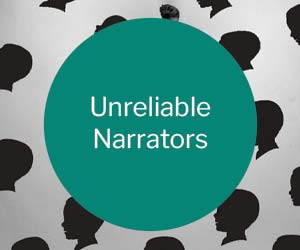Book Overview
A "dreamlike and compelling" tour de force (Chicago Tribune)--an astonishingly imaginative detective story, an account of a disintegrating marriage, and an excavation of the buried secrets from... This description may be from another edition of this product.
Related Subjects
Family Dynamics Loss Love Memory Politics Trauma Magical Realism Contemporary Education & Reference FictionCustomer Reviews
Wrong Item Sent - Got Charged For Out Of Print For Used Available Paperback
really enjoyed
Unity Masquerades as a Kaleidoscope
Enjoyable Book -- But Abridged in English Translation
Buried in Kanji, Wrapped in Rice Paper
ORIGINAL AND BIZARRE
Surreal and unusually addictive to read
The Wind-Up Bird Chronicle Mentions in Our Blog

No matter how big our TBR stacks get, we're always finding new books we want to add! Here are 27 exciting November releases available for preorder, along with suggestions for similar reads you can enjoy right away.

It's the summer of Barbie and we're here for it! If you're also still luxuriating in the pink, sparkly buzz of Barbie, feel free to dive deeper into some of its compelling vibes and themes with these tailored reading recs.

Books with unreliable narrators are the literary equivalent of the sand shifting under our feet. Told from the POV of characters who can't (or won't) provide a complete or accurate account, they are, at once, both bewildering and thrilling. If you like this kind of story, here are ten great titles to consider.






